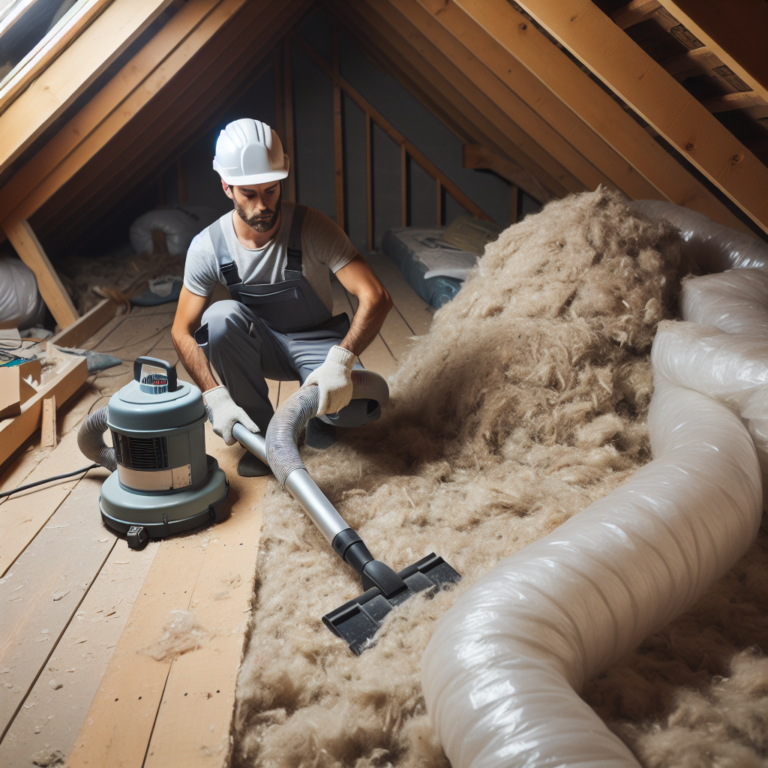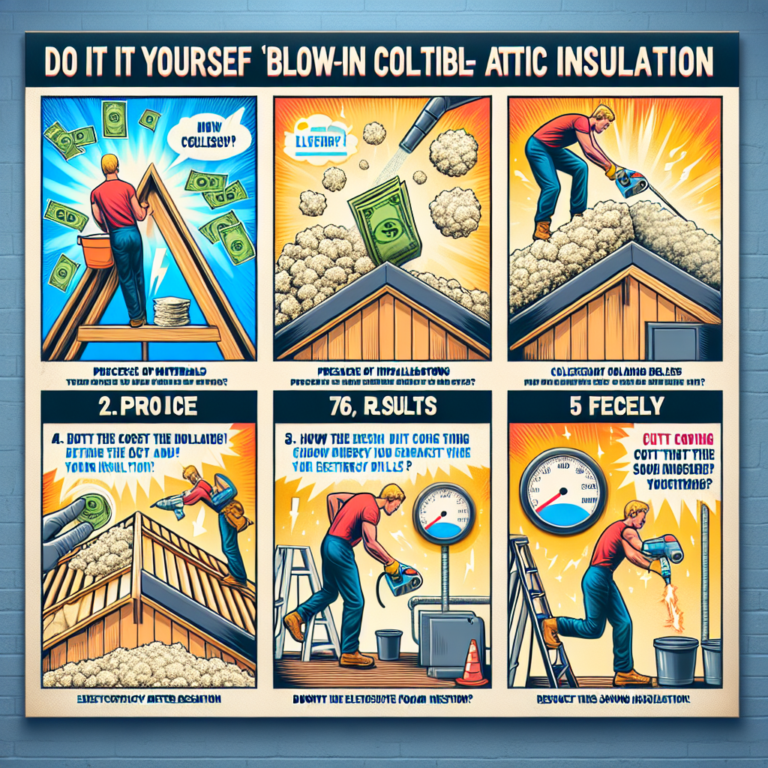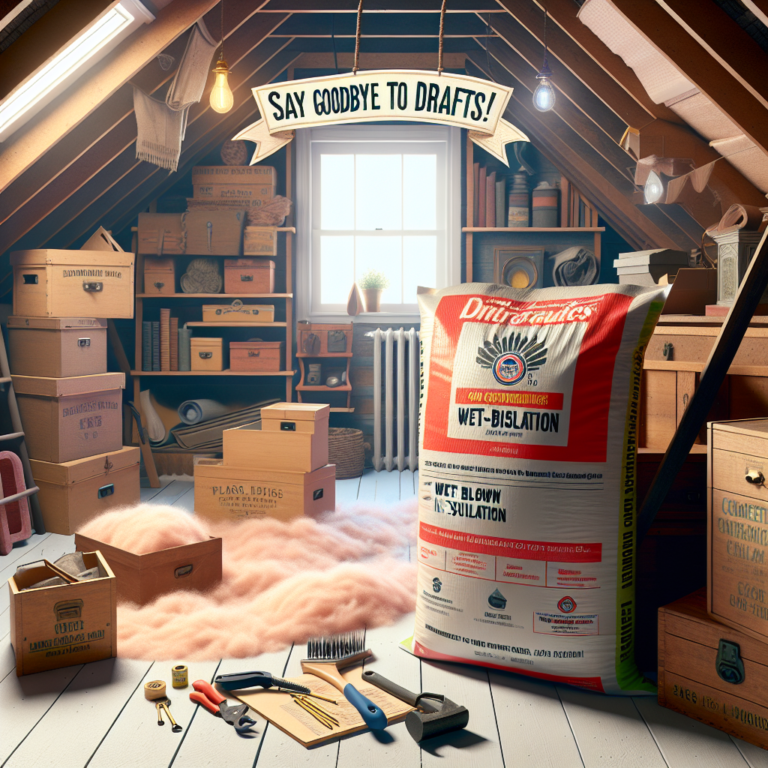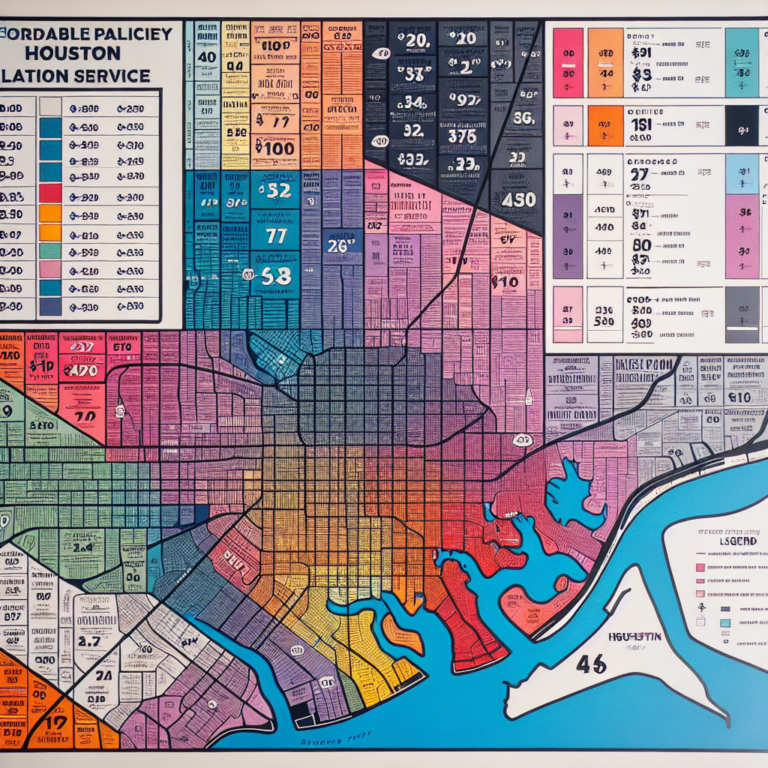H2: Introduction
Investing in proper insulation is one of the smartest ways to save money on energy bills. Among the most effective solutions, blown-in fiberglass insulation stands out for its ability to seal gaps, boost R-values, and deliver lasting performance. But before you schedule an installation, it’s essential to understand blown-in fiberglass insulation cost per square foot—and how that investment translates into long-term savings and comfort.
H2: What Affects Blown-In Fiberglass Insulation Cost Per Square Foot?
Several variables influence the price you’ll pay for blown-in fiberglass insulation cost per square foot:
• Material Type and Quality
– Standard loose-fill fiberglass vs. high-density or treated fibers.
– Recycled-content options may be slightly cheaper and more eco-friendly.
• Coverage Depth and R-Value
– Higher desired R-values (e.g., R-38 vs. R-30) require more material.
– Typical attic installations range from 10” to 14” of insulation.
• Project Size and Accessibility
– Larger areas generally lower the per-square-foot rate.
– Tight crawl spaces or complex roof lines can add labor costs.
• Regional Labor Rates
– Labor rates vary by market; metropolitan areas tend to be more expensive.
– Off-peak seasons sometimes offer discounts on installation.
• Removal of Existing Insulation
– If old insulation must be hauled away, factor in disposal fees.
– Pre-installation air sealing can add to initial costs but maximizes efficiency.
On average, homeowners report paying between $1.00 and $3.00 per square foot for blown-in fiberglass insulation, including materials and labor. Remember that investing in a slightly higher initial cost for premium fiberglass can yield greater energy savings over the system’s lifespan.
H2: Calculating Long-Term Savings and Return on Investment
Understanding blown-in fiberglass insulation cost per square foot is only half the story—your real prize is the energy dollars you keep in your wallet each month. Consider these points:
• Energy Bill Reduction
– The U.S. Department of Energy estimates properly insulated homes save an average of 15% on heating and cooling costs.
– In some climates, savings can exceed 20% when you upgrade an under-insulated attic.
• Payback Period
– At $2.00 per square foot, insulating a 1,000-square-foot attic costs about $2,000.
– If you spend $200 per month on heating/cooling, a 15% savings equals $30 monthly—or a payback in under six years.
• Longevity and Performance
– Unlike batt insulation that can settle or sag, blown-in fiberglass maintains its R-value for decades.
– No need for top-ups or replacements, reducing future maintenance costs.
• Environmental Impact
– Fiberglass is made largely from recycled glass; lower embodied energy than spray foam.
– Reduced energy consumption means a smaller carbon footprint over time.
H3: Comparing Alternatives
While fiberglass at $1–$3 per square foot is a solid value, you may encounter other options:
• Cellulose Insulation: $1–$2.50/sq. ft., excellent gap filling but susceptible to moisture.
• Spray Foam Insulation: $3–$7/sq. ft., superior air sealing but higher upfront cost and potential off-gassing.
In most retrofit scenarios, blown-in fiberglass strikes the best balance of cost, performance, and ease of installation.
H2: Installation Considerations and Best Practices
To maximize the value of your blown-in fiberglass insulation, follow these guidelines:
• Professional Assessment
– A certified insulation contractor will inspect for air leaks, moisture issues, and proper ventilation before installation.
• Air Sealing First
– Seal gaps around attic hatches, plumbing vents, and recessed lights to prevent heat loss.
– Use caulk and foam sealants; this step can enhance the effectiveness of every dollar spent on insulation.
• Proper Ventilation
– Ensure soffit and ridge vents remain clear to prevent moisture buildup.
– Balance insulation depth with required airflow to protect your roof structure.
• Quality Control
– Ask for a final blower-door test to confirm airtightness improvements.
– Verify insulation depth and coverage using marked depth gauges.
H2: Conclusion
When you compare energy bills before and after upgrading your attic, the advantage of blown-in fiberglass insulation cost per square foot becomes crystal clear. At an average of $1–$3 per square foot, this investment pays for itself through reduced utility expenses, enhanced home comfort, and long-term performance. By choosing blown-in fiberglass insulation, prioritizing air sealing, and working with a qualified installer, you’ll lock in energy savings, boost your home’s value, and make a positive environmental impact. Save money on energy bills today by understanding and optimizing blown-in fiberglass insulation cost per square foot.












